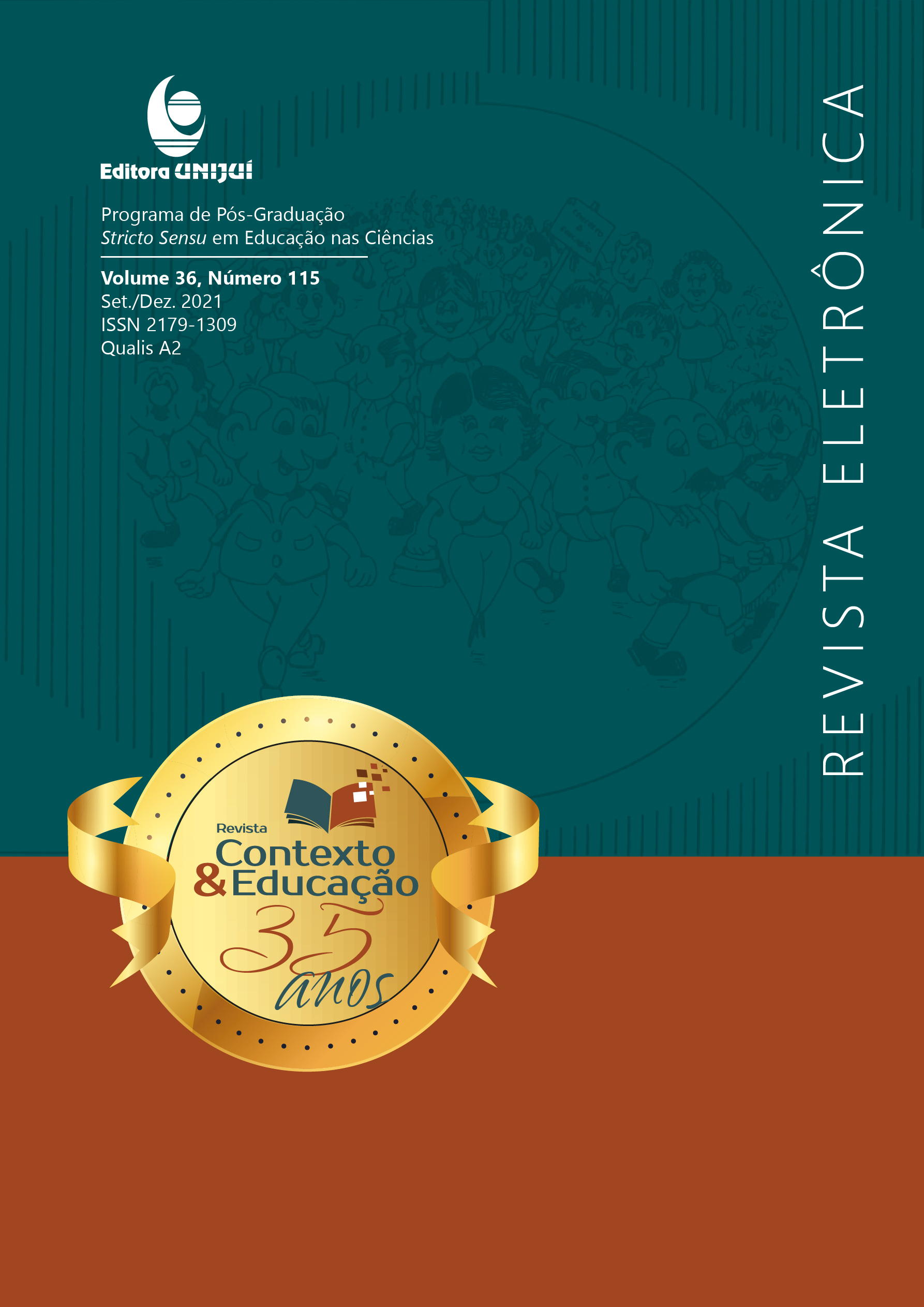A INSERÇÃO E AS CONTRIBUIÇÕES DOS INSTITUTOS FEDERAIS À FORMAÇÃO DE PROFESSORES
THE INSERTION AND CONTRIBUTIONS OF THE FEDERAL INSTITUTIONS TO TEACHER TRAINING
DOI:
https://doi.org/10.21527/2179-1309.2021.115.10988Keywords:
Formação docente. Educação profissional. Instituto Federal de Educação, Ciência e Tecnologia.Abstract
No artigo, questionamos: quais seriam os motivos da atribuição aos IFs da função de formar professores? Com que prerrogativas legais os IFs realizam esse trabalho? Em quais regiões do Brasil predominam seus cursos de formação de professores? Quais cursos são privilegiados? Que contribuições os IFs têm dado ou podem dar à formação professores? Para respondê-las utilizamos como fonte documental pesquisas sobre o tema dos IFs e da formação de professores, a Lei nº 11.892/2008, bem como dados da Plataforma Nilo Peçanha. As licenciaturas nos IFs supririam parte da carência de professores no país, contribuíram para a universalização do Ensino Médio e poderiam resolver o problema da atuação de tecnólogos e/ou bacharéis na docência. Até o ano de 2018, há 647 campi de IFs, oferecendo 26 licenciaturas, distribuídas em 771 cursos, sendo 62,3% da área de ciências e matemática, 25,5% de ciências humanas e sociais e 12,2% de formação de professores para EPT. As contribuições dos IFs à formação de professores levam em conta a qualidade da Educação Básica de nível médio e da EPT e ainda o fato de que os IFs podem ampliar a formação docente para as áreas da EPT, que tanto sofrem por falta de professores especializados.
Downloads
Published
How to Cite
Issue
Section
License
By publishing in Revista Contexto & Educação, authors agree to the following terms:
All works are published under the Creative Commons Attribution 4.0 International License (CC BY 4.0), which allows:
Sharing — to copy and redistribute the material in any medium or format;
Adaptation — to remix, transform, and build upon the material for any purpose, even commercially.
These permissions are irrevocable, provided that the following terms are respected:
Attribution — authors must be properly credited, a link to the license must be provided, and any changes made must be indicated.
No additional restrictions — no legal or technological measures may be applied that legally restrict others from doing anything the license permits.
Notices:
The license does not apply to elements that are in the public domain or covered by legal exceptions.
The license does not grant all necessary rights for specific uses (e.g., image rights, privacy, or moral rights).
The journal is not responsible for the opinions expressed in the articles, which are the sole responsibility of the authors. The Editor, with the support of the Editorial Board, reserves the right to suggest or request modifications when necessary.
Only original scientific articles presenting research results of interest that have not been previously published or simultaneously submitted to another journal with the same purpose will be accepted.
Mentions of trademarks or specific products are intended solely for identification purposes and do not imply any promotional relationship by the authors or the journal.
License Agreement (for articles published from October 2025): Authors retain the copyright to their article and grant Revista Contexto & Educação the right of first publication.


